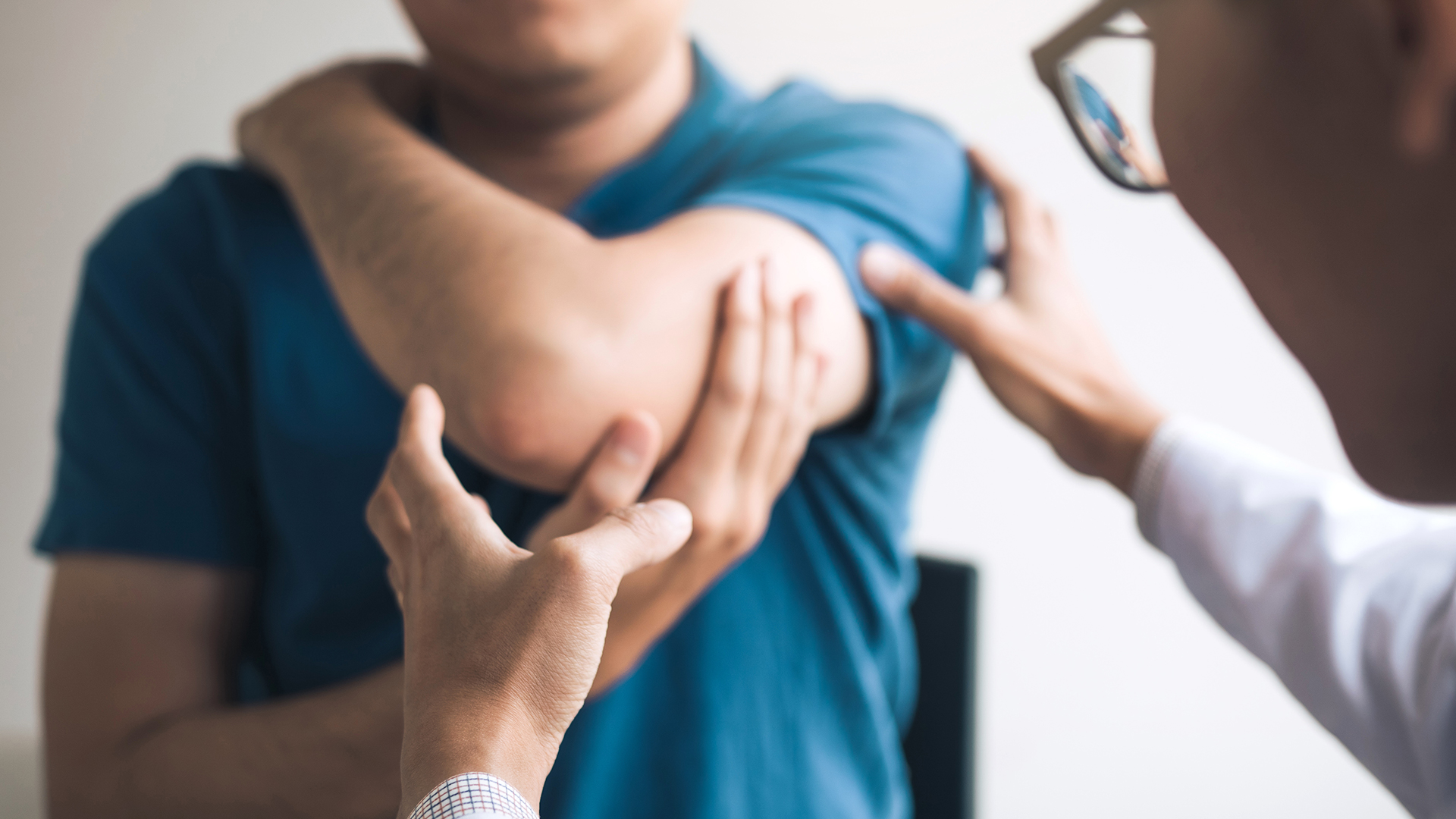The elbow joint is a complex and quite complicated structure. It is an anatomical connection between the bones of the forearm and the humerus. The elbow is responsible for straightening, bending, supination and pronation movements.

The elbow joint is a complex and quite complicated structure. It is an anatomical connection between the bones of the forearm and the humerus. The elbow is responsible for straightening, bending, supination and pronation movements.
Treatment of diseases or injuries of the elbow joint begins with a medical consultation. The orthopedist conducts an interview and palpation with the patient. He may also order imaging tests – ultrasound, X-ray, CT or magnetic resonance imaging of the elbow. If the doctor suspects that the patient’s pain is caused by rheumatic changes or inflammation, he or she may order laboratory tests.
The elbow joint can be treated conservatively, using pharmacological treatment (painkillers, anti-inflammatory drugs), or using appropriate rehabilitation methods. Intra-articular injections are also often recommended (e.g., intra-articular administration of hyaluronic acid). Sometimes regenerative medicine is also helpful (administration of platelet-rich plasma), which supports the healing of the damaged joint. If the patient only feels pain in the elbow, the doctor recommends rest and modification of the elbow’s motor activity in the first stage of treatment. In order to relieve the joint, the orthopedist may also wear an orthosis.
In most cases, in which there is serious and more extensive damage to the elbow joint, the only solution may be surgery, performed using a classic or minimally invasive technique. The least invasive procedure is elbow arthroscopy. It is most often performed in order to release the articular capsule (arthrolysis), remove loose bodies from the joint or bone spurs.
In the case of joint instability, ligament reconstructions are performed using own transplants or from a tissue bank.
If a patient has been diagnosed with osteoarthritis of the elbow, the surgeon performs endoprosthesoplasty – a procedure for inserting an artificial joint.
Elbow rehabilitation is selected for each patient individually, depending on the injury or the specificity of the disease. The techniques used by physiotherapists improve the blood supply to the tendons, which in turn accelerates the healing process. The main element of the rehabilitation process is strengthening and stretching the muscles in the area of the elbow joint. This is a group of muscles that allow the upper limb to bend and straighten at the elbow. During rehabilitation, in order to strengthen the stabilization of the elbow, the physiotherapist recommends exercises of the biceps and triceps muscles, which reduces the risk of repeated injuries of the joint.